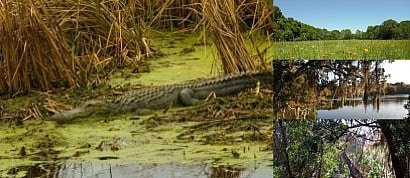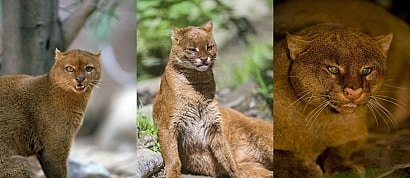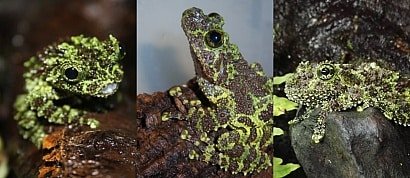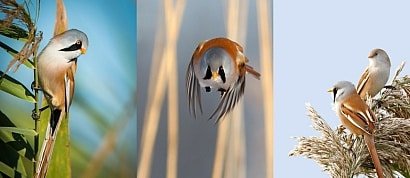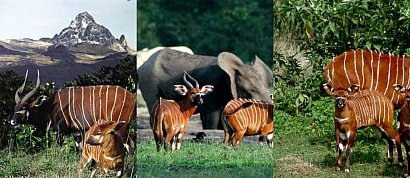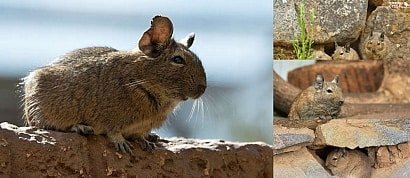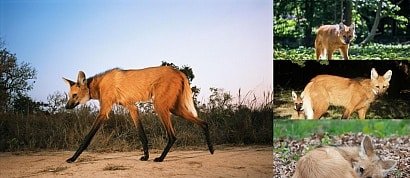A list of my favorite images of saiga antelopes.
en.wikipedia.org/wiki/Saiga_antelope
The saiga antelope (Saiga tatarica) is a critically endangered antelope that originally inhabited a vast area of the Eurasian steppe zone from the foothills of the Carpathian Mountains and Caucasus into Dzungaria and Mongolia. They also lived in Beringian North America during the Pleistocene.
Today, the dominant subspecies (S. t. tatarica) is only found in one location in Russia (in The Republic of Kalmykia) and three areas in Kazakhstan (the Ural, Ustiurt and Betpak-Dala populations). A proportion of the Ustiurt population migrates south to Uzbekistan and occasionally Turkmenistan in winter.
It is extinct in People's Republic of China and southwestern Mongolia. It was hunted extensively in Romania and Moldova until it became extinct in those regions in the end of the 18th century.
The Mongolian subspecies (S. t. mongolica) is found only in western Mongolia.
The saiga stands 61–81 centimetres (24–32 in) at the shoulder and weighs 26–69 kilograms (57–152 lb). The head-and-body length is typically between 100 and 140 centimetres (39 and 55 in).
A prominent feature of the saiga is the pair of closely spaced, bloated nostrils directed downward. Other facial features include the dark markings on the cheeks and the nose, and the 7–12 centimetres (2.8–4.7 in) long ears.
During summer migrations the saigas' nose helps filter out dust kicked up by the herd and cools the animal's blood. In the winter it heats up the frigid air before it is taken to the lungs.
The coat shows seasonal changes. In summer, the coat appears yellow to red, fading toward the flanks. The Mongolian saiga can develop a sandy colour. The coat develops a pale grayish brown colour in winter, with a hint of brown on the belly and the neck. The ventral parts are generally white.
The hairs, that measure 18–30 millimetres (0.71–1.18 in) long in summer, can grow as long as 40–70 millimetres (1.6–2.8 in) in winter. This forms a 12–15 centimetres (4.7–5.9 in) long mane on the neck. Two distinct moults can be observed in a year–one in spring (April to May) and another in autumn (late September or early October to late November or early December). The tail measures 6–12 centimetres (2.4–4.7 in).
Only males possess horns. These horns, thick and slightly translucent, are wax-coloured and show 12 to 20 pronounced rings. With a base diameter of 25–33 millimetres (0.98–1.30 in), the horns of the Russian saiga measure 28–38 centimetres (11–15 in) in length; the horns of the Mongolian saiga, however, reach a maximum length of 22 centimetres (8.7 in).
Saigas form very large herds that graze in semi-deserts, steppes, grasslands and possibly open woodlands eating several species of plants, including some that are poisonous to other animals. They can cover long distances and swim across rivers, but they avoid steep or rugged areas.
The mating season starts in November, when stags fight for the acceptance of females. The winner leads a herd of five to 50 females.
In springtime, mothers come together in mass to give birth. Two thirds of births will be twins, the remain third of births will be of a single calf.
Saiga, like the Mongolian gazelles, are known for their extensive migrations across the steppes that allow them to escape natural calamities.
Saiga are highly vulnerable to wolves. Juvenile saiga are targeted by foxes, steppe eagles, golden eagles, dogs and ravens.
Added to
People who voted for this also voted for
Luna Lazar ~ Danish Model
images from hilton head island, south carolina
Wedding Scenes - Movies
My Movie Highlights of the 1950s (+Watchlists)
Harrison Ford my favorite movies
OTOÑO
Marcia Gay Harden Movies Viewed
Cigarette Cards: Cats (1936)
ART | Margaret Mee
Cigarette Cards: Famous Boxers (1925)
Cigarette Cards: Flag Girls (1910)
Concert
AMWF Relationships in Cinema and TV
Egypt
HUGME
More lists from kathy
Favorite Images of Jaguarundis
Favorite Images of Vietnamese Mossy Frogs
Favorite Images of Bearded Reedlings
My Antelope Collection
Favorite Images of Degus
Swede and Carrot Sculptures
Favorite Images of Maned Wolves
 Login
Login













































